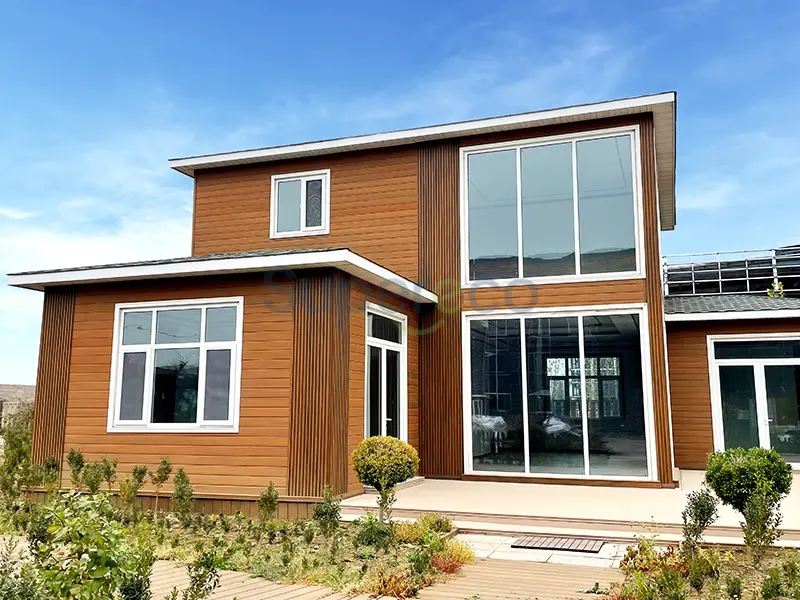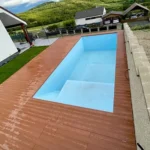If you’re planning a home renovation or build this year, you’ve likely heard about composite cladding. It’s rapidly becoming the go-to material for exteriors, and for good reason. Homeowners and builders are ditching traditional options like timber, MDF, and vinyl for this modern solution. But what’s driving this shift? This article explores the key benefits—from its incredible durability and minimal upkeep to its stylish appearance and eco-friendly credentials. We’ll break down why it’s a smarter investment for your property in 2025 and beyond.
The Drawbacks of Traditional Cladding Materials
Before we dive into the benefits of composite, it’s important to understand why homeowners are moving away from conventional options.
The High Maintenance of Timber and MDF
Wood and MDF cladding have been popular for decades, but they come with significant headaches. Timber requires annual sanding, staining, or painting to protect it from the elements. Without this constant care, it is prone to rotting, warping, and insect damage. Similarly, MDF board and related products like MDF skirting board or MDF architrave are highly susceptible to moisture. When used outdoors or in high-humidity areas, they can swell, delaminate, and lose their structural integrity, leading to costly repairs or replacements.

The Unmatched Benefits of Composite Cladding
So, what makes composite cladding a superior alternative? Its advantages address the very flaws of traditional materials.
Superior Durability and Weather Resistance
Unlike wood or moisture-prone MDF sheet products, composite cladding is engineered to withstand the toughest conditions. It’s highly resistant to moisture, rot, and insect infestation. It won’t warp, crack, or split under the sun’s UV rays or in freezing temperatures. This resilience makes it an ideal long-term solution for protecting your home’s exterior from the ground up, ensuring it looks great for years without degrading.
Incredibly Low Maintenance
Forget annual painting weekends. One of the biggest selling points of composite cladding is its minimal maintenance requirements. It doesn’t need sealing, staining, or painting. A simple occasional wash with soap and water is all it takes to keep it looking clean and new. This saves homeowners significant time, effort, and money over the lifespan of their home’s exterior, freeing up weekends for better things.
Aesthetics and Sustainability in 2025
Beyond pure performance, modern homeowners demand style and environmental responsibility.
Modern Styles and Design Flexibility
Today’s composite cladding is a far cry from the plastic-looking planks of the past. Manufacturers now offer a wide range of colors, textures, and finishes, including realistic wood grains that mimic cedar, oak, or contemporary gray tones. This allows for incredible design flexibility, whether you’re aiming for a traditional or a modern aesthetic. It provides the beautiful look of wood without any of the associated drawbacks.
Eco-Friendly Credentials
In an increasingly eco-conscious world, the sustainable profile of composite cladding is a major draw. Most products are made from a high percentage of recycled materials, including wood fibers and plastics. This means you’re choosing a product that reduces waste and often has a longer life cycle than natural wood, minimizing the need for replacement and the consumption of new raw materials.
Cost-Benefit Analysis: A Smart Long-Term Investment
While the initial cost of composite cladding can be higher than some traditional materials, it’s crucial to view it as a long-term investment.
You are not just paying for the product itself, but for decades of saved maintenance costs. The money you would spend on paints, stains, sealants, and professional labor for wood or MDF upkeep adds up quickly. With composite, those ongoing expenses are virtually eliminated. Furthermore, its durability means you won’t be facing early replacement costs due to rot or water damage. It also boosts your home’s curb appeal and can increase its overall market value, making it a financially savvy choice for the future.







